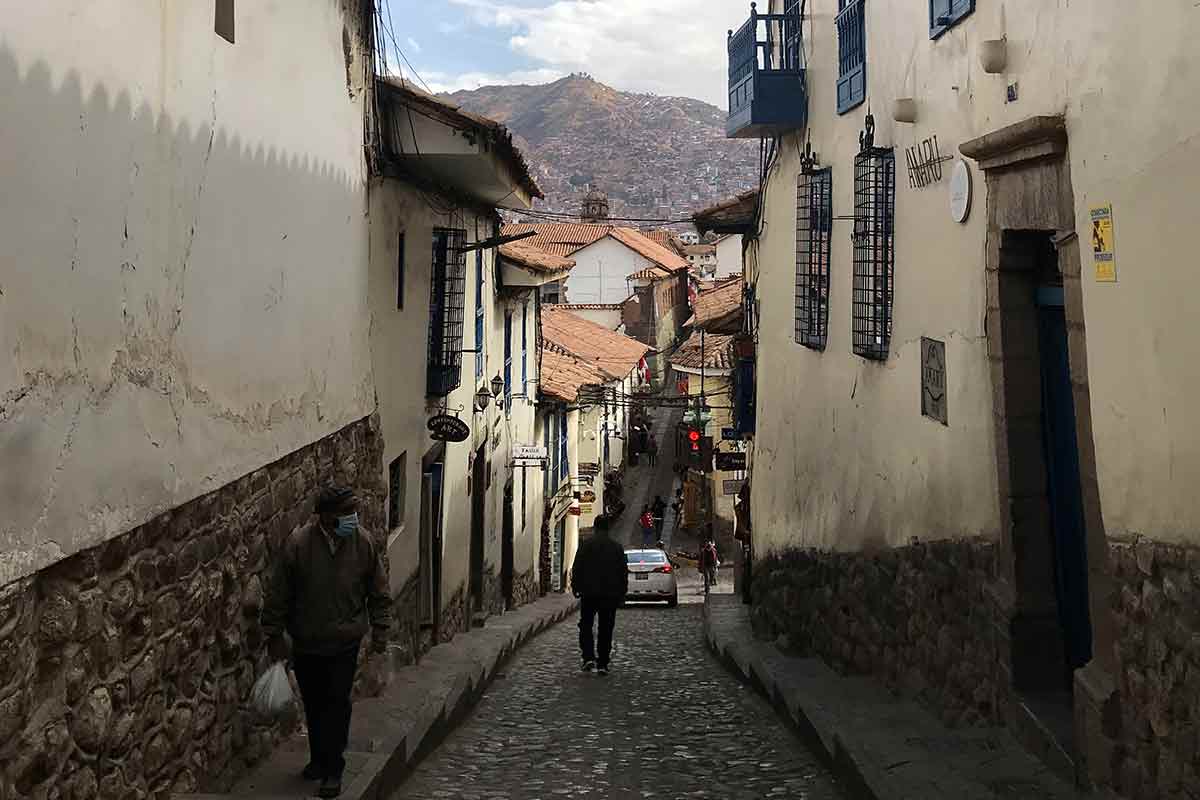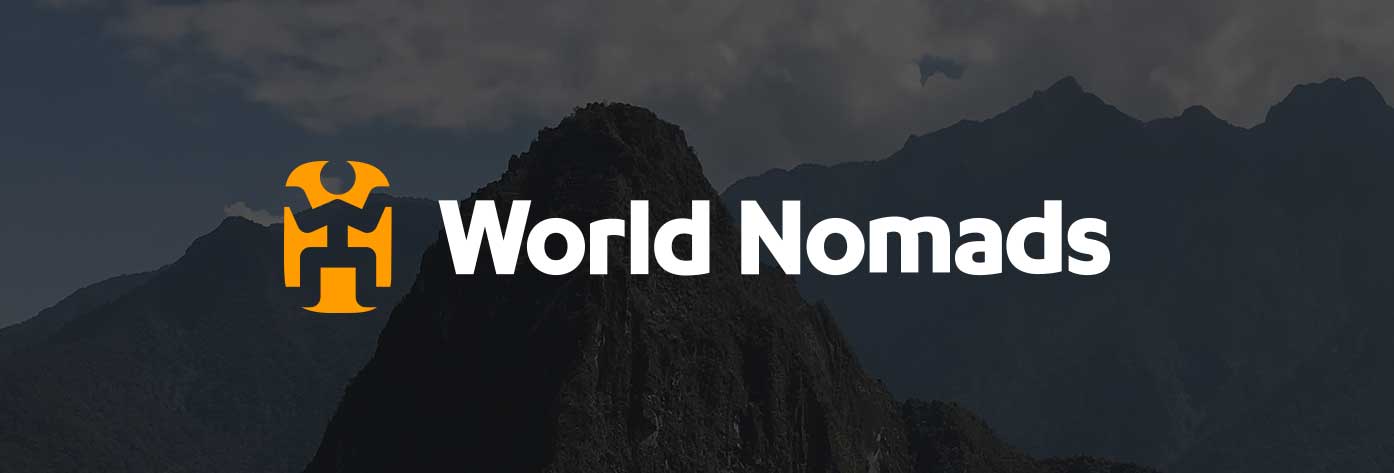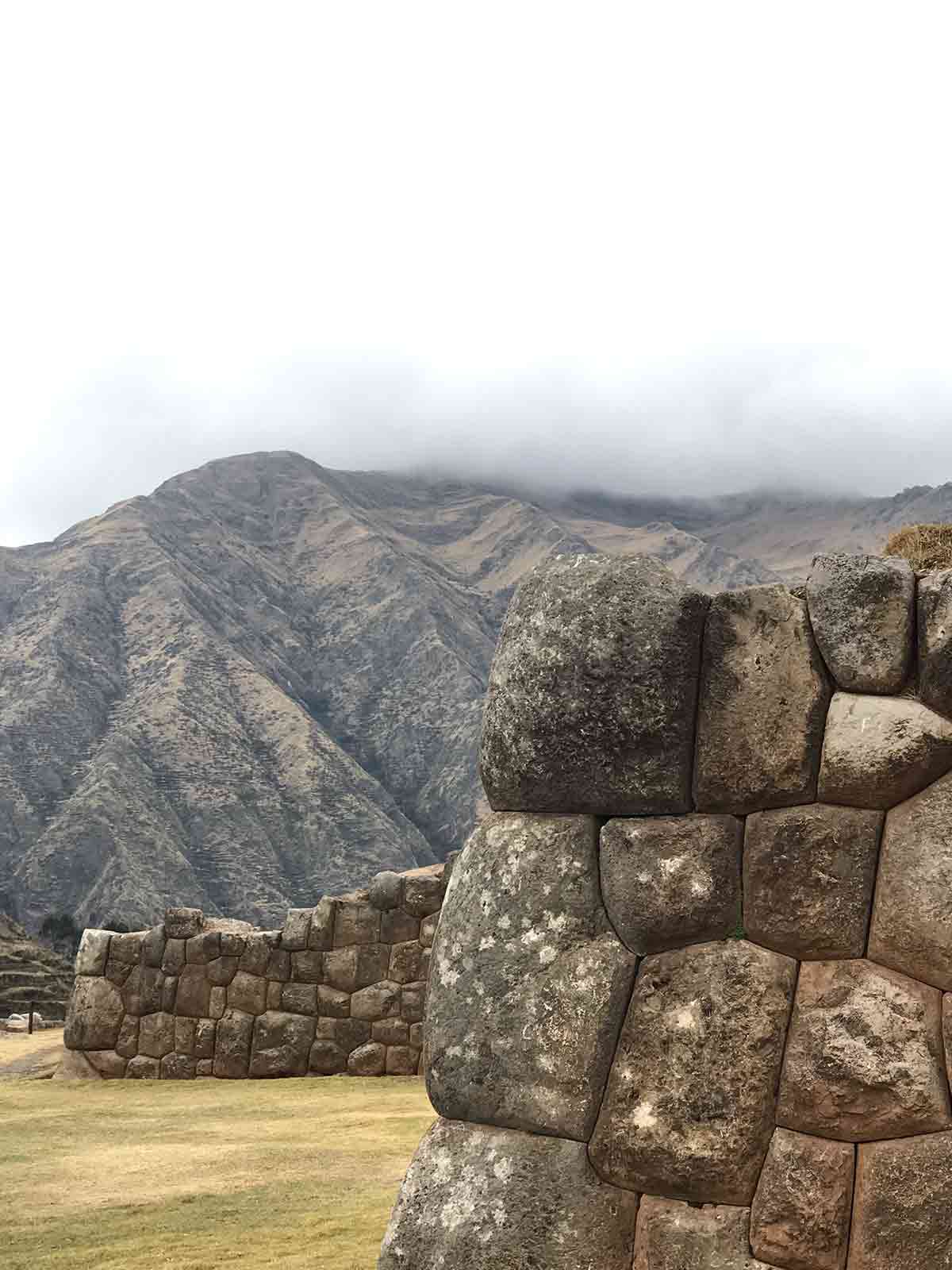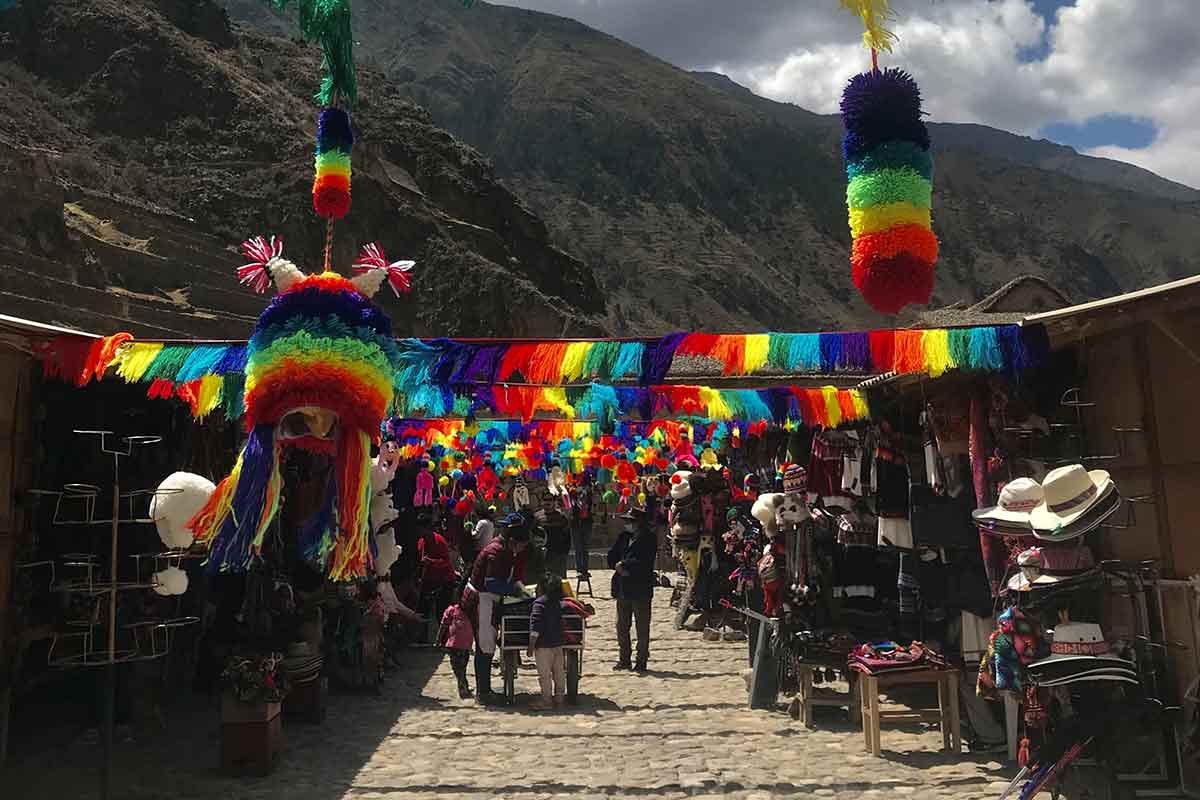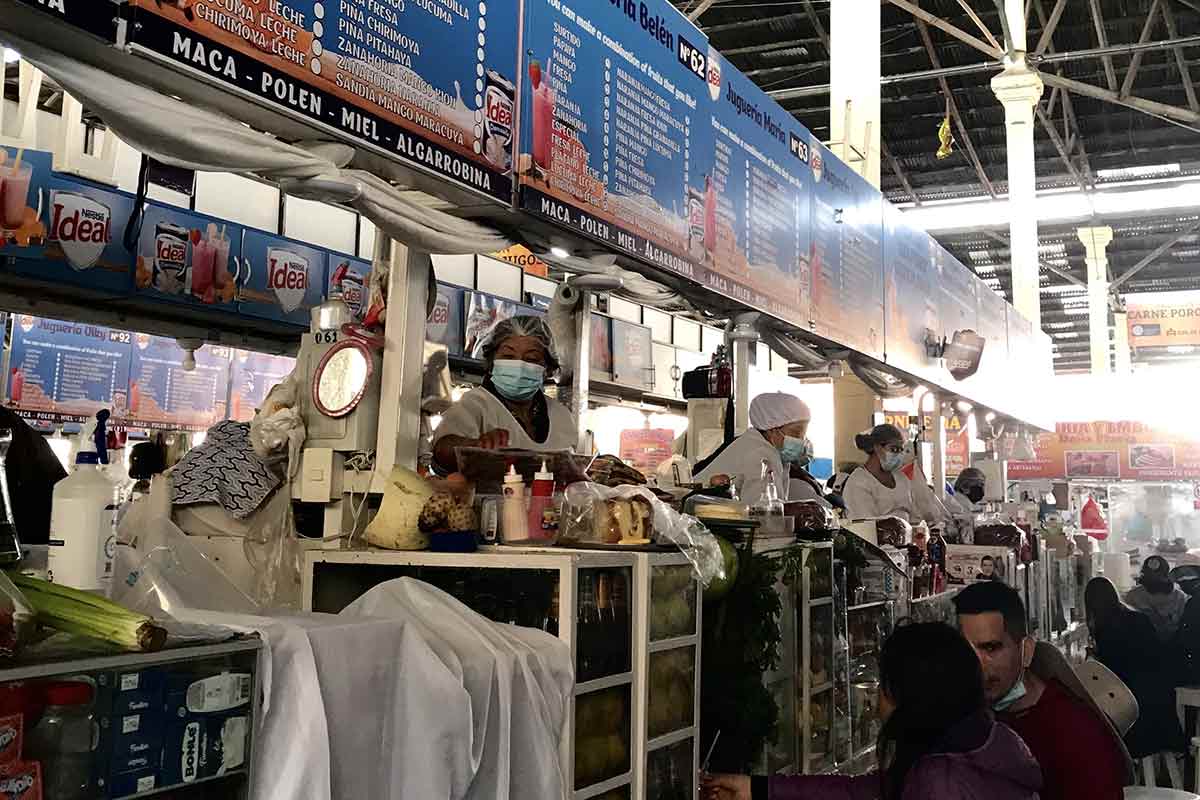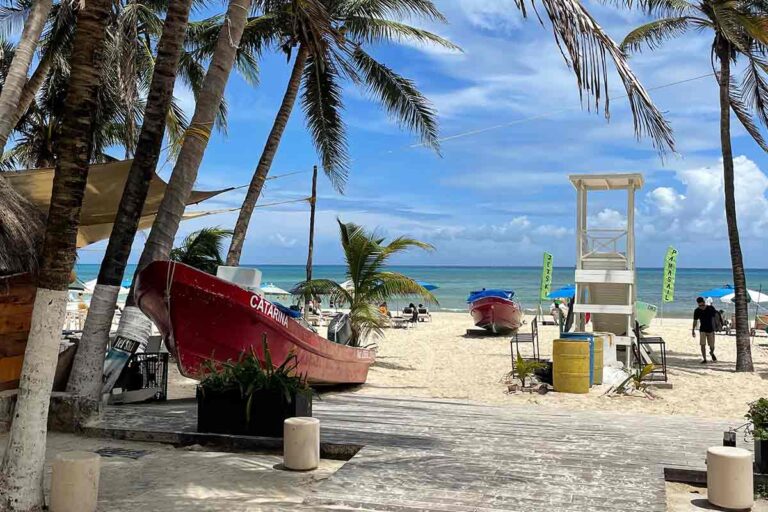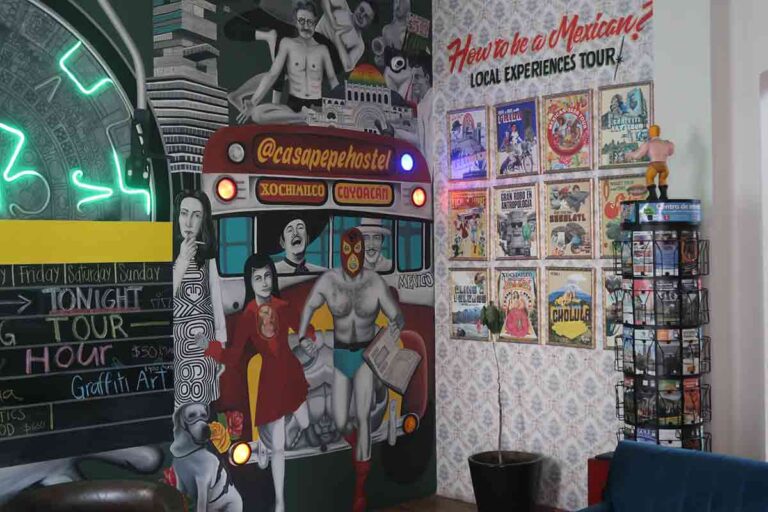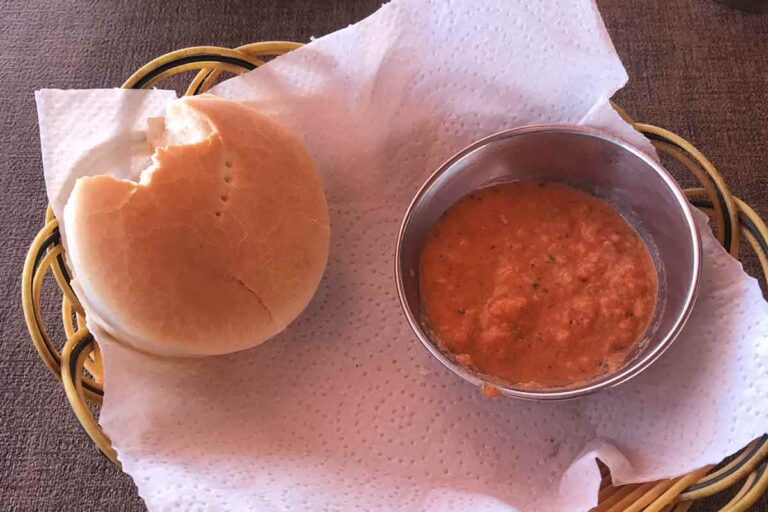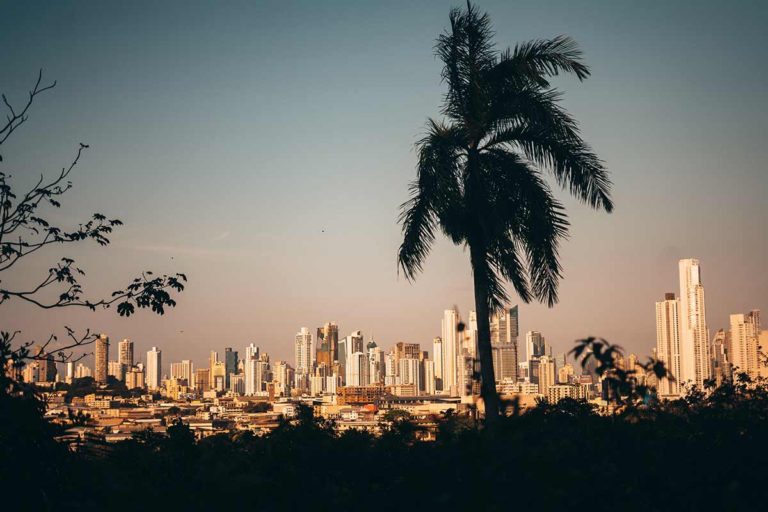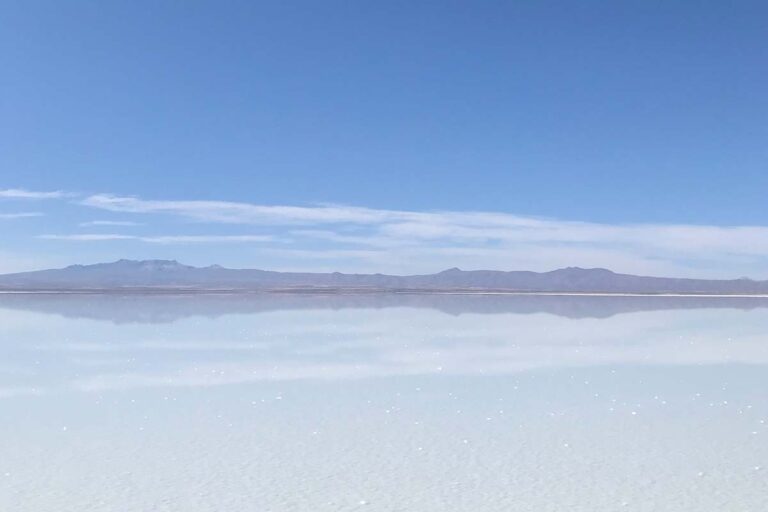Things to do in Cusco
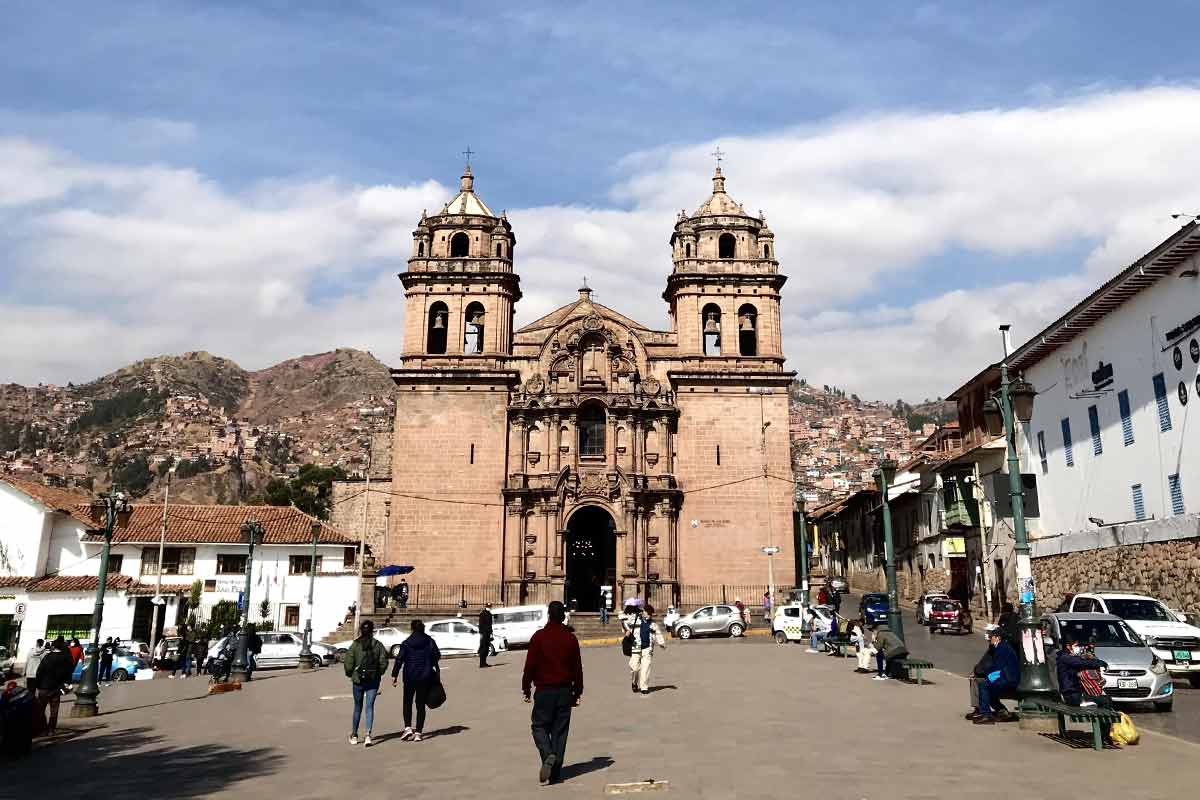
The former kingdom of the ancient Inca civilization, Cusco is by far the most popular stop for any traveler heading around Peru.
It’s also a must-visit too, where we can visit a wide range of ancient ruins such as those of Machu Picchu and Moray, explore beautiful glacial lakes, enjoy Cusco’s lively atmosphere and also head on some unforgettable multi-day hikes.
Cusco Quick Summary:
- 📍 Where Is It: Southern Peru
- 🗺 Difficulty Getting There: Easy
- ⏱ Time Needed: 6-10 Days
- ☀️ Best Time to Visit: June-September
Things to do in Cusco
In this guide we’ll explore Cusco, what to see and do, the best places to stay as well as our own top tips for a backpacking trip here.
Why Travel to Cusco?
Situated deep within the Peruvian Andes, Cusco is the perfect place to see a clash of both ancient and colonial historical periods.
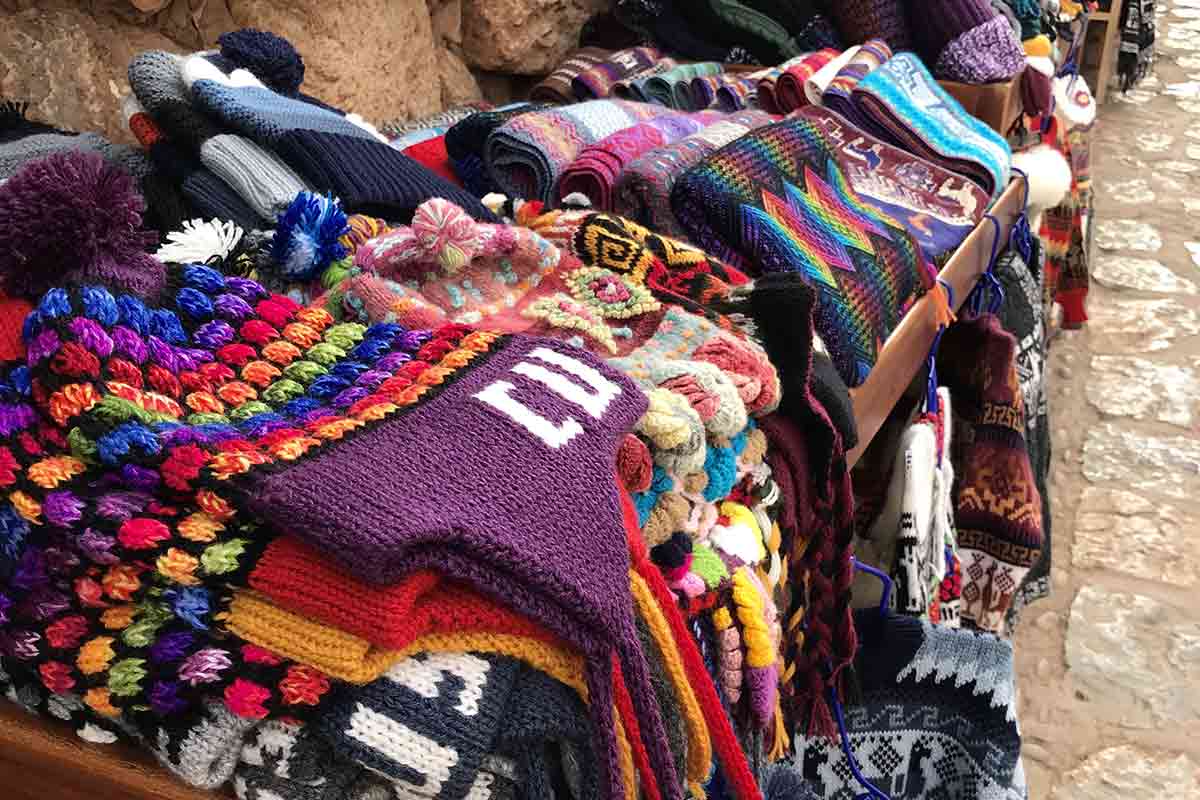
Within the city we will see many beautiful plazas and arches, as well as cathedrals such as the Iglesia de la Compañía de Jesús, which were heavily influenced by the Spanish. Dotted between, we can also spot many Inca creations such as the temple of Qorikancha and the Twelve Angled Stone.
Cusco is also the perfect basecamp to head on many exciting and memorable treks around the region. Those who want to explore ancient ruins whilst hiking will love the Inca Trail (which George completed and wrote about here), whilst there are also many colorful lagoons to visit such as those of Humantay Lake and the 7 Lakes of Ausangate.
There are also shorter day trips to many destinations in the Sacred Valley such as Pisac, Ollantaytambo and the nearby ruins of Sacsayhuamán.
When resting from the more strenuous hiking and exploring, you’ll also find the city of Cusco to have great vibes in spades here.
It’s the perfect place to meet many other like-minded travelers, where you can head out to try authentic Peruvian food and also enjoy wild nightlife along Calle Tecsecocha. If you’re feeling brave you can also try the local delicacy of Cuy (it’s not actually that bad once you try it!).
How to Get to Cusco
There are two main ways of getting to Cusco, and with both you’ll already have to be inside Peru before traveling here.
The most popular option is by plane, and there are various daily flights leaving from Lima (which takes roughly two hours). Please note that if flying directly from the capital, you’ll want to take it slow the first two days as your body acclimates to the higher altitudes. There are also direct flights from Arequipa and Puerto Maldonado to Cusco.
Your other method of getting to Cusco is by bus. This option is more advantageous if you are already traveling within Southern Peru, as distance won’t be so far.
For some examples to get to Cusco, it will take 11 hours from Arequipa, 7 hours from Puno and 9 hours from Puerto Maldonado.
There is of course the 22 hour bus from Lima which is cheaper than flying – however it depends on your schedule and comfort needs. I (George) have done this route several times and it’s not that bad, especially with the variety of changing scenery you’ll see along the way. You can learn more about how to get from Lima to Cusco here.
Where to Stay in Cusco
The city of Cusco in general is pretty safe, although we’d still recommend staying within the historic center. This is because it’s the very heart of the city, where all of the best attractions, restaurants and hostels are all located.
Those looking to stick to a low budget will love the Viajero Kokopelli Hostel. Here we’ll have comfortable dorm beds and hot showers, and also be located just a couple of blocks from the main plaza. There’s also an on-site restaurant and bar which is lively pretty much all days of the week too.
If you’re looking for a private room without breaking the budget, then we highly suggest staying at the Hospedaje Qori Punku. Also just a couple of blocks from the main plaza, here you’ll have a spacious private room and will also be close to the legendary San Pedro market.
Travelers that want to upgrade to a solid luxury stay will absolutely love the Hotel Midori. Here you’ll be staying in a beautiful room within a colonial building in the San Blas district – which overlooks the Plaza de Armas. You can also enjoy meals at the on-site restaurant inside the hotel.
Best Time to visit Cusco
Although it’s located within the Andes Mountains, Cusco also has its own dry and wet seasons that you’ll want to take note of.
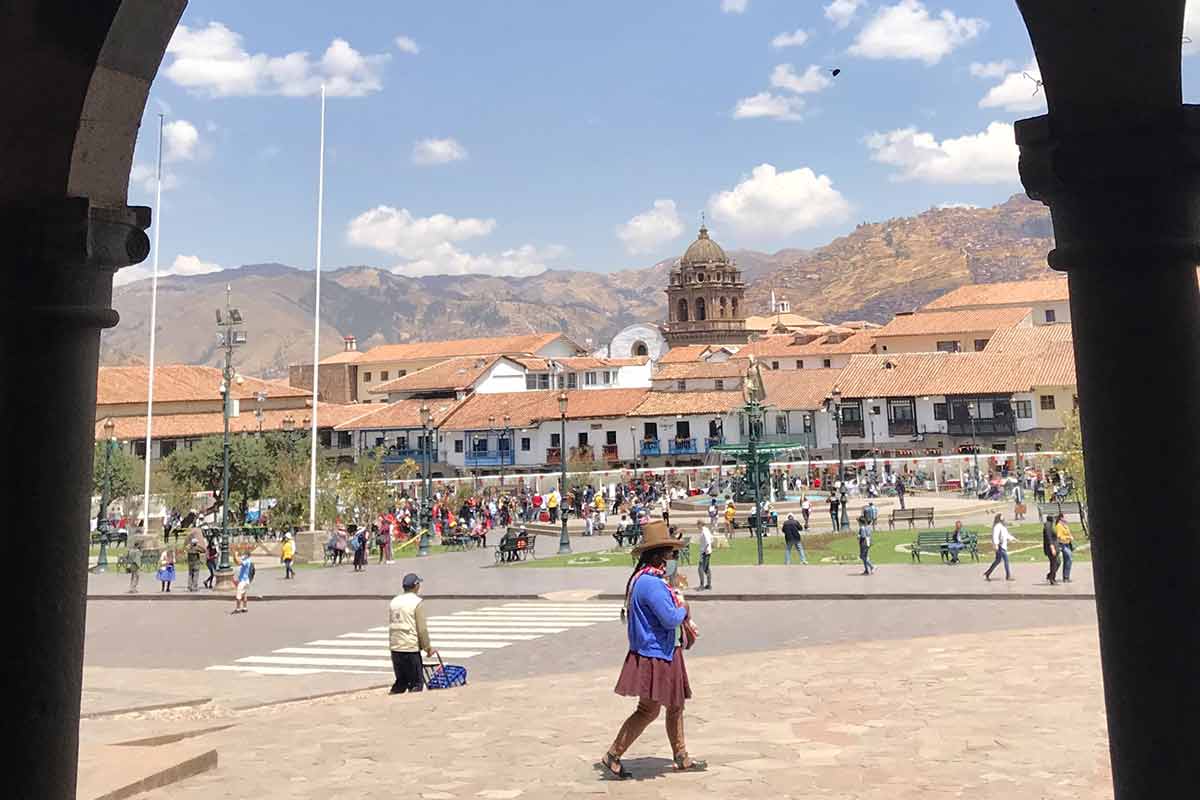
The dry season begins in May and lasts until September, which marks the most popular time to visit Cusco (and the best time to visit Peru in general). Daytime temperatures hover between 50-53°F, with highs of 65°F and cooler evening lows of down to 32°F.
When it comes to rainfall, we can expect between 0.1-0.5 inches to fall throughout each of these months.
The wet season starts in October and runs until April. Daytime temperatures range from a slightly warmer 52-54°F, with highs of 65°F and more comfortable evening lows of down to 41°F. Rainfall will be heavier during this time, with anywhere from 1-4.2 inches falling throughout each of these months.
Got travel insurance for Cusco?
Best Things to do and see in Cusco
Now that we’ve covered some of the basics about Cusco, let’s take a look at the very best things to see and do here.
Visit various Ancient Ruins
Thriving for just under 200 years, the Inca Empire is not only known for their innovative creations – however also for just how quickly they made it all too.
Within Cusco we can head to archaeological sites such as Saqsayhuamán and Q’enqo, which gives us our first real taste of Incan Ruins.
Of course Machu Picchu is a standout highlight, however others worth visiting around the Sacred Valley include the ruins of Moray, Pisac and Intipata.
Explore the Sacred Valley Region
Whilst Cusco definitely has a real energy and feel to the place, the Sacred Valley is where the real magic begins.
Towns like Pisac and Ollantaytambo are staples to visit in the region, which both have their own ancient markets and archaeological sites. They’re also perfect places to pick up souvenirs for better prices, such as alpaca jumpers, gloves and socks.
It’s also worth actually staying in these towns too as there’s lots of hidden gems around these areas, as opposed to only visiting them as day trips.
Sample Traditional Peruvian Cuisine
Peru as a whole is well-known for its diverse gastronomy, and many of its most popular dishes actually hail from the mountainous Andes regions.
Ají de Gallina and Papa a la Huancaina are two of these, which can be found in most restaurants around the historic center and in virtually all other areas of Cusco and the Sacred Valley.
You’ll also find plenty of Caldos (hot soups) too, which are a perfect way to warm up during the early morning or late evenings when temperatures dip.
Hike the Legendary Inca Trail
By far the best ruins you can see are the ones that are located on the Inca Trail.
These include Intipata, Wiñay Wayna and Sayaqmarca, and between them you’ll also get some unrivaled mountain views along this sacred path.
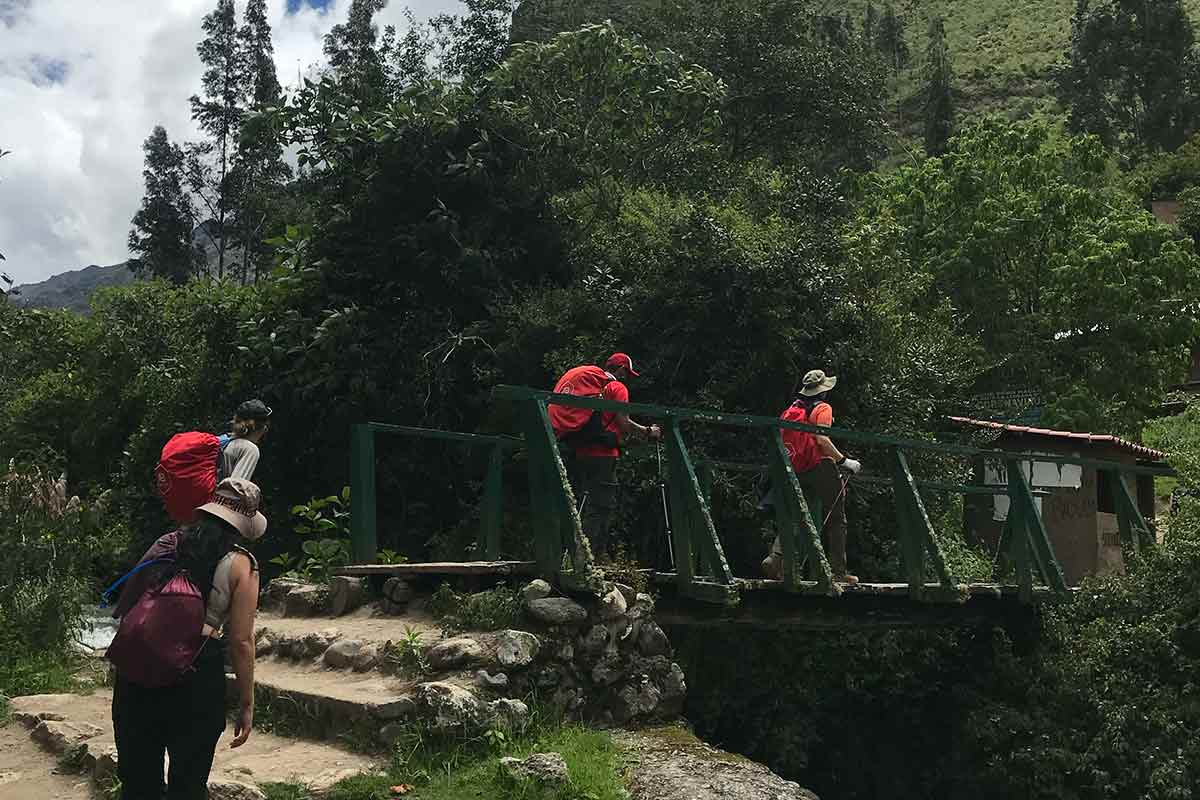
Here we can also spot exotic wildlife such as Spectacled Bears, Llamas and the infamous Cock-of-the-rock bird.
The Inca Trail tends to get booked up fast so you’ll want to book your spot well in advance – and also start preparing yourself well before you head on the four day classic hike.
Cusco Backpacking Tips
Below we’ll share some of our best tips for exploring Cusco, based on our own experience.
- We recommend spending between 6-10 days in Cusco. Of course this won’t always be possible (and you can definitely move quicker and see most things in a few days), however there’s so much here that it’s worth planning extra time. If you’re more flexible, then we’d suggest giving Cusco two weeks to really enjoy everything on offer here.
- Altitude sickness can be a real menace here, and symptoms are best avoided in whichever way you can. We suggest spending your first couple of days relaxing as your body acclimates (whilst drinking Coca Leaf tea), and also taking Soroche Pills for those higher altitude hikes. Be sure to learn more about how to avoid altitude sickness in Cusco with various tried and tested methods.
- Another great way of really diving into the culture here is by using the colectivos to get around. This local network of transportation is really cheap and links up Cusco with other destinations like Pisac, Urubamba and Ollantaytambo. It will also help give a more authentic local perspective of life here in Cusco and the surrounding Sacred Valley region.
Things to do in Cusco
And that’s all for our backpacking guide to Cusco.
This incredible city is an absolute must-experience on any itinerary around Peru. Here we can see beautiful colonial architecture and stunning Incan ruins, whilst also getting to head on hikes to glacial lakes and visit rural towns within the Sacred Valley.
In this guide we’ve covered everything you’ll need to know about Cusco. This includes the best things to see and do, the best time to visit, where to stay and much, much more.
We hope you enjoyed reading this guide! If you have any questions, feel free to drop a comment below and we’ll get back to you as soon as we can.
This backpacking cusco itinerary features our plan on how to spend 7 days here.
👉🏽 P.S. If you’ve found this guide helpful, buy us a coffee here to say thanks! Or, support us by downloading our South America Travel Bible to get our best content.
“Dear traveler! Some links in this post contain affiliate links. Meaning, if you click through and make a purchase, book a hostel or sign up for a tour, we may earn a small commission at no additional cost to you. Your support means a lot and helps us to carry on traveling and maintaining the quality of this site for you.”


